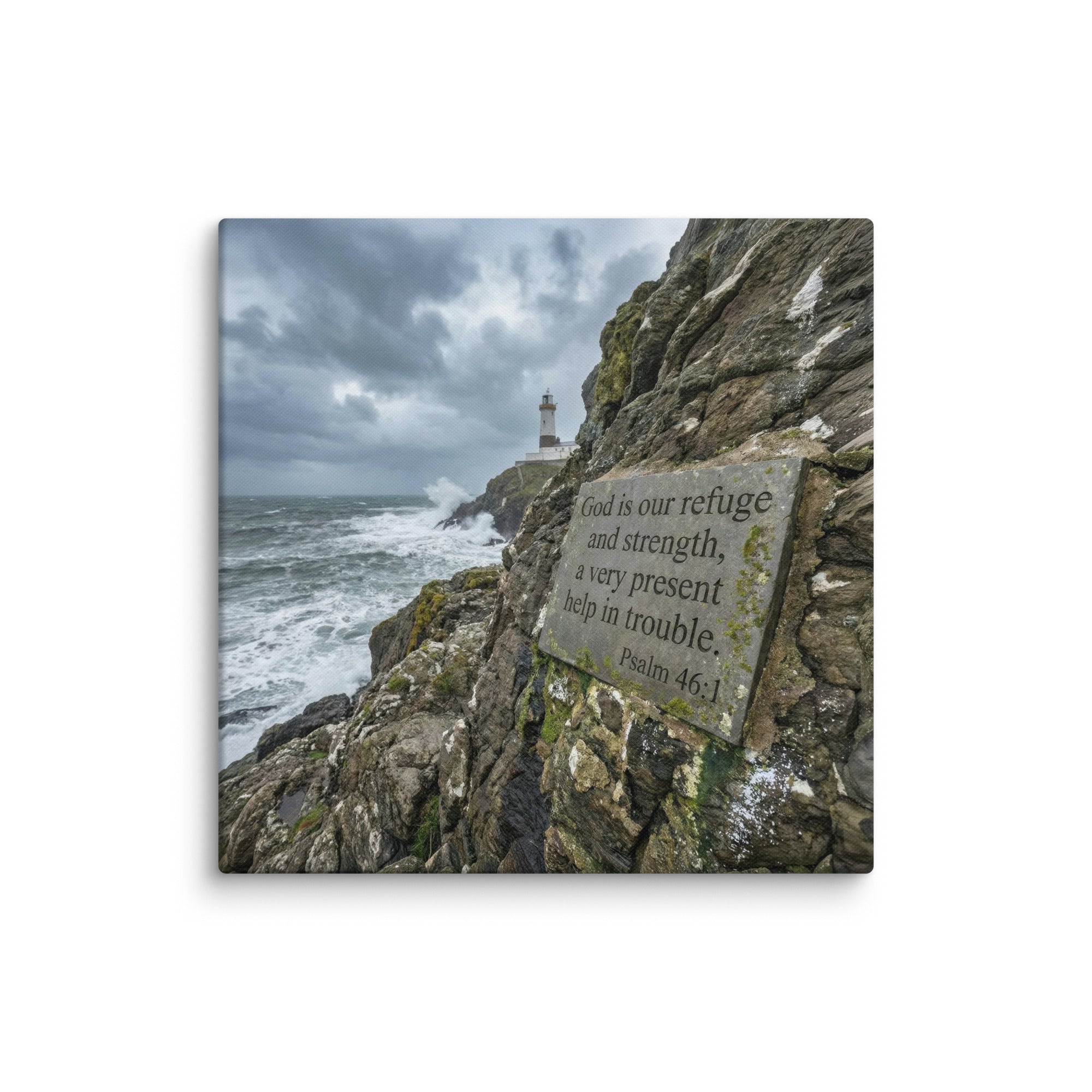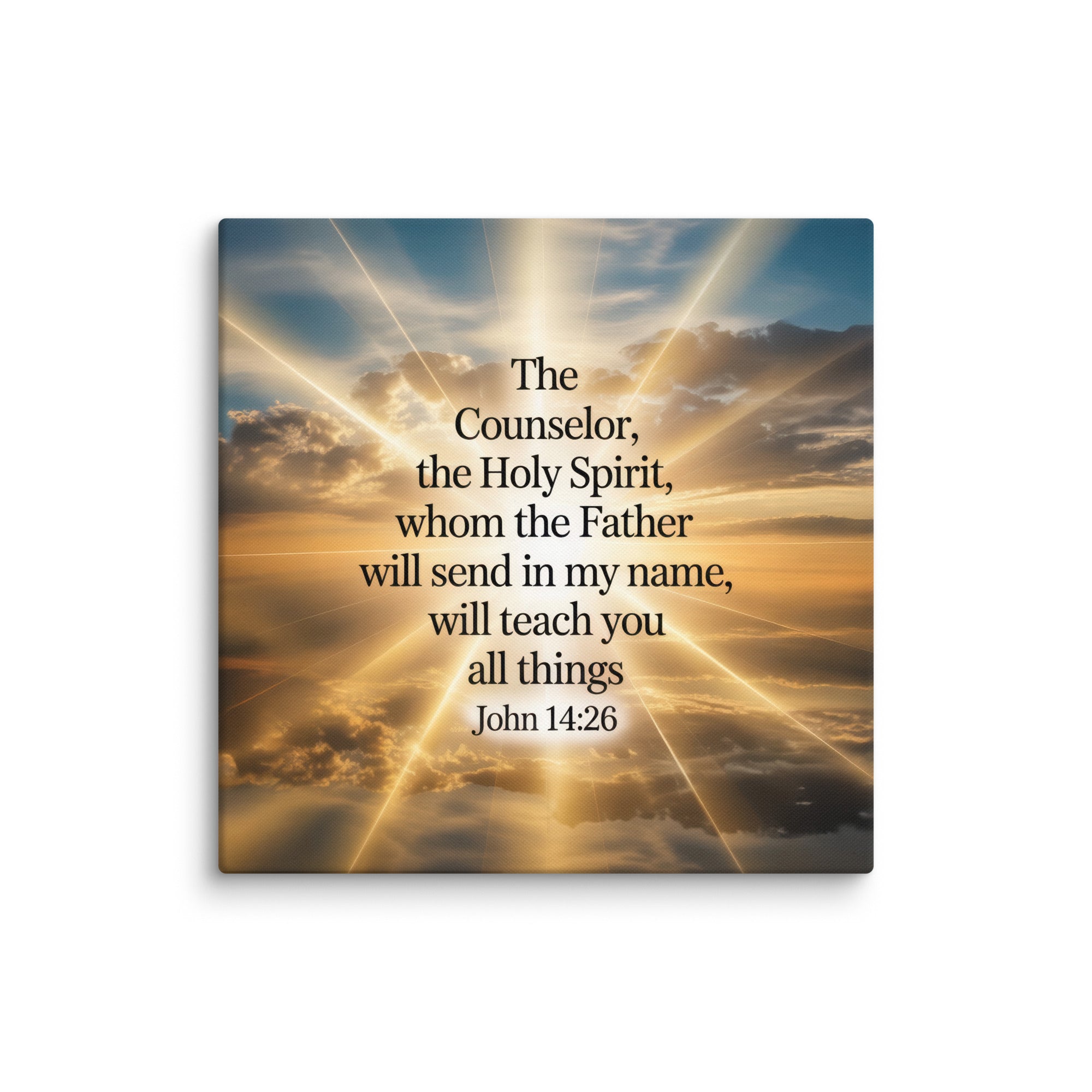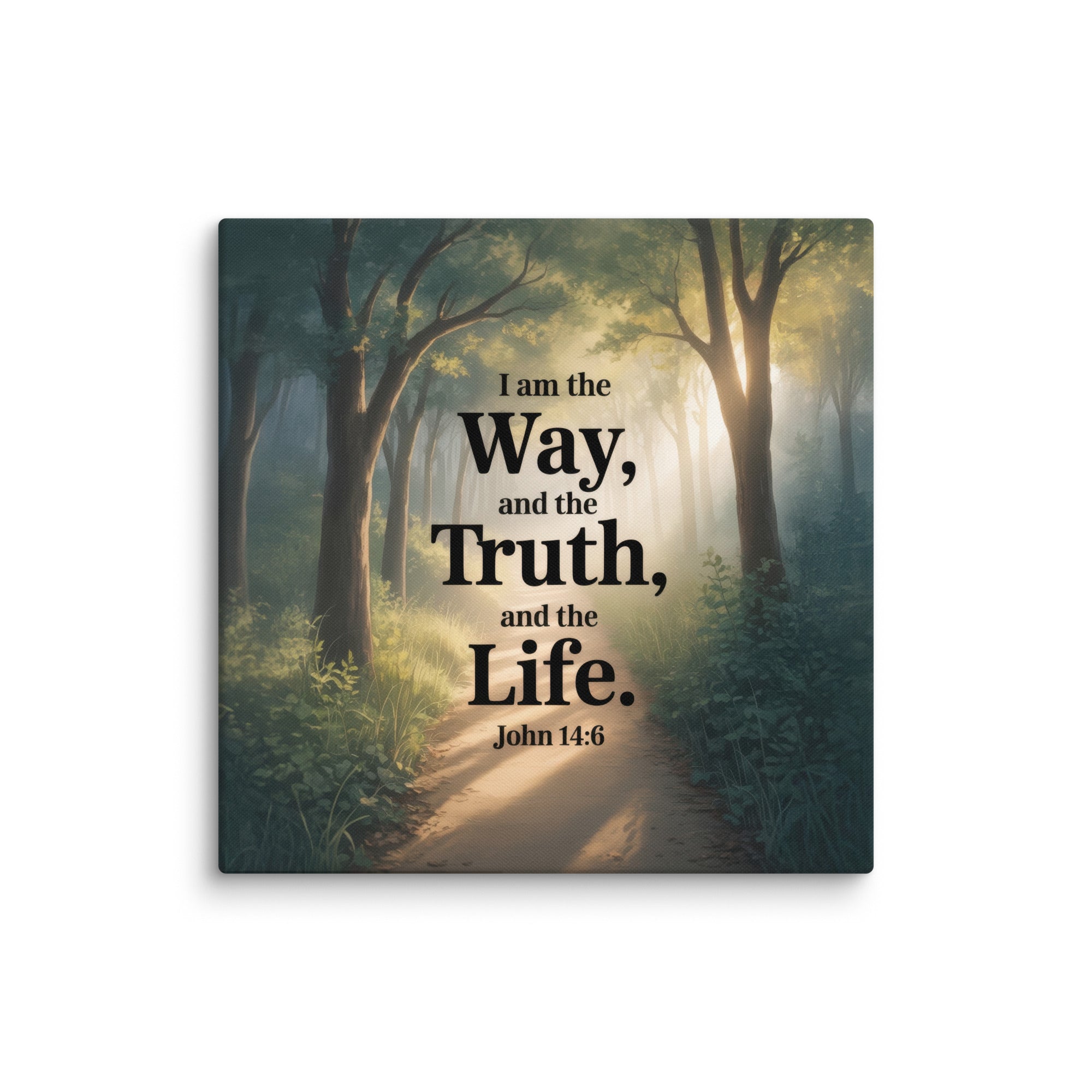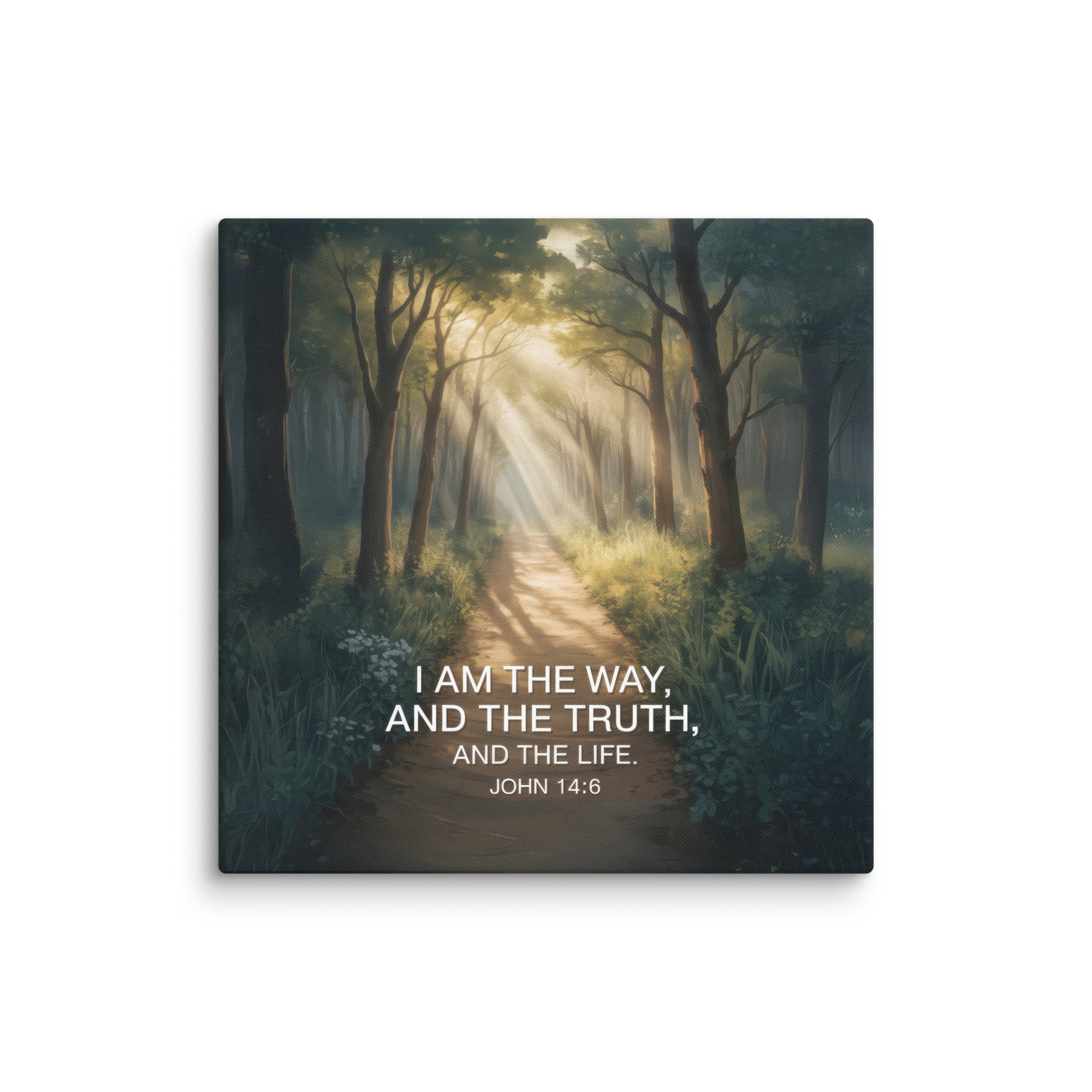The Lord’s Prayer is one of the most well-known and often recited prayers in Christianity. It was taught by Jesus Himself and serves as a powerful model for how believers should approach God in prayer. Found in Matthew 6:9–13 and Luke 11:2–4, this short yet profound prayer teaches us about God's holiness, our daily needs, forgiveness, and spiritual protection.
1. Jesus Gave the Lord’s Prayer as a Model, Not a Script
When Jesus taught the prayer, He wasn’t giving us a script to repeat mindlessly. Instead, He offered a pattern for prayer. In Matthew 6:9, He said, “This, then, is how you should pray,” not “what” you should pray. It's about the heart behind the words.
Matthew 6:9 (NIV) – “This, then, is how you should pray: ‘Our Father in heaven, hallowed be your name...’”
2. It Begins with Relationship: “Our Father”
The prayer starts with “Our Father,” which shows that prayer is based on a personal relationship with God. Calling God “Father” shows closeness and trust.
Romans 8:15 (ESV) – “You have received the Spirit of adoption as sons, by whom we cry, ‘Abba! Father!’”
3. God’s Name Is Holy and Worthy of Praise
“Hallowed be Your name” means that God’s name is set apart, holy, and worthy of all reverence. This part reminds us to worship before asking for anything.
Psalm 29:2 (KJV) – “Give unto the Lord the glory due unto his name; worship the Lord in the beauty of holiness.”
4. The Prayer Focuses on God’s Kingdom First
“Your kingdom come, your will be done...” puts God's plans before our own. It shifts the focus from self-centered requests to God's bigger purpose.
Matthew 6:33 (NIV) – “But seek first his kingdom and his righteousness, and all these things will be given to you as well.”
5. It Asks for Daily Needs—Not Excess
“Give us this day our daily bread” teaches us to trust God day by day. It reminds us of Israel in the wilderness receiving manna (Exodus 16), depending on God’s provision daily.
Proverbs 30:8 (NIV) – “Give me neither poverty nor riches, but give me only my daily bread.”
6. It Highlights the Need for Forgiveness
“Forgive us our debts, as we also have forgiven our debtors.” This ties our forgiveness from God to how we forgive others.
Matthew 6:14-15 (NIV) – “For if you forgive other people when they sin against you, your heavenly Father will also forgive you.”
7. It Recognizes Spiritual Warfare
“Lead us not into temptation, but deliver us from evil.” This reminds us that we are in a spiritual battle and need God’s help to stay strong and safe.
1 Corinthians 10:13 (ESV) – “God is faithful, and he will not let you be tempted beyond your ability.”
8. The Ending Phrase Is a Declaration of Worship
The doxology (“For yours is the kingdom and the power and the glory forever. Amen.”) is found in many versions, though not all manuscripts include it. It sums up the prayer with praise.
1 Chronicles 29:11 (KJV) – “Thine, O Lord, is the greatness, and the power, and the glory, and the victory, and the majesty...”
9. It’s Found in Two Gospels with Slight Differences
The Lord’s Prayer appears in both Matthew 6 and Luke 11, with slight wording differences. Luke’s version is shorter and may reflect a separate occasion or simplified retelling.
| Gospel | Passage | Length |
|---|---|---|
| Matthew | 6:9–13 | Longer, includes doxology |
| Luke | 11:2–4 | Shorter, more concise |
10. It Unites Believers Across the World
Christians around the world—regardless of denomination—recite this prayer. It’s a unifying declaration of faith, dependence, and worship of the same Heavenly Father.
Ephesians 4:4–6 (NIV) – “There is one body and one Spirit... one Lord, one faith, one baptism; one God and Father of all.”
























